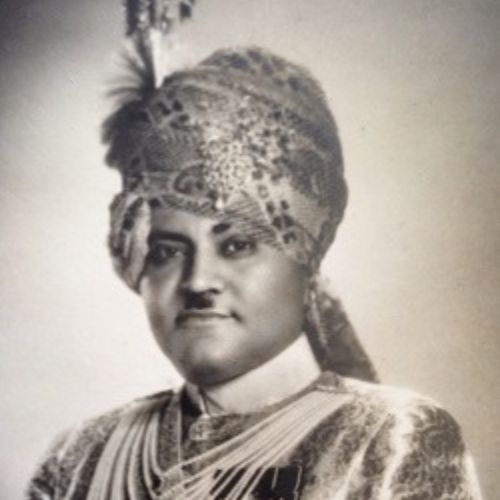Early life
Himatsinhji was born in Jamnagar on 12 August 1897. He completed his education from Rajkumar College, Rajkot, Malvern College, England, and Oxford.
In 1918 he joined the Indian Army as Captain. In 1926, his proficiency in Japanese got him appointed as a Japanese Interpreter at the Assistant Military Attache to Tokyo, British Embassy – a post he held till 1929.
Between 1931 to 1939 he was Military Secretary and Home Members for Nawangar State and simultaneously a member of the Advisory Military Committee for the Princes Chamber.
In 1940, he returned to diplomatic life and Japan, again as Assistant Millitary Attache for year. He was then appointed as the First Secretary of the British Embassy from 1941to 1942.
It was inevitable for Himatsinhji to formally join the Diplomatic Service (whilst remaining in the Army). In 1946, he was elected to the Central Legislative Assembly as a representative of the Indian Armed Forces.
Role in India’s Independence Movement
Not much is known about Himatsimhji’s involvement in the Indian independence movement. He probably played little to no role considering he held a number of civil and military positions under the British Indian government.
Contribution to Constitution Making
Himatsinhji was a member of the Constituent Assembly but did not speak during the debates. There is no information on which constituency or through which party’s ticket, he was elected to the Assembly.
Later Contributions
He retired from the Indian Army in 1950 after which became a Whip of the Congress Party India’s Deputy Minister of Defence.
He was elected to India’s first Lok Sabha in 1952 but resigned after being appointed as the Lt. Governor of Himachal Pradesh.
Himatsinhji passed away on 9 January 1973.
- Who’s Who, Lok Sabha Publication (1950)

